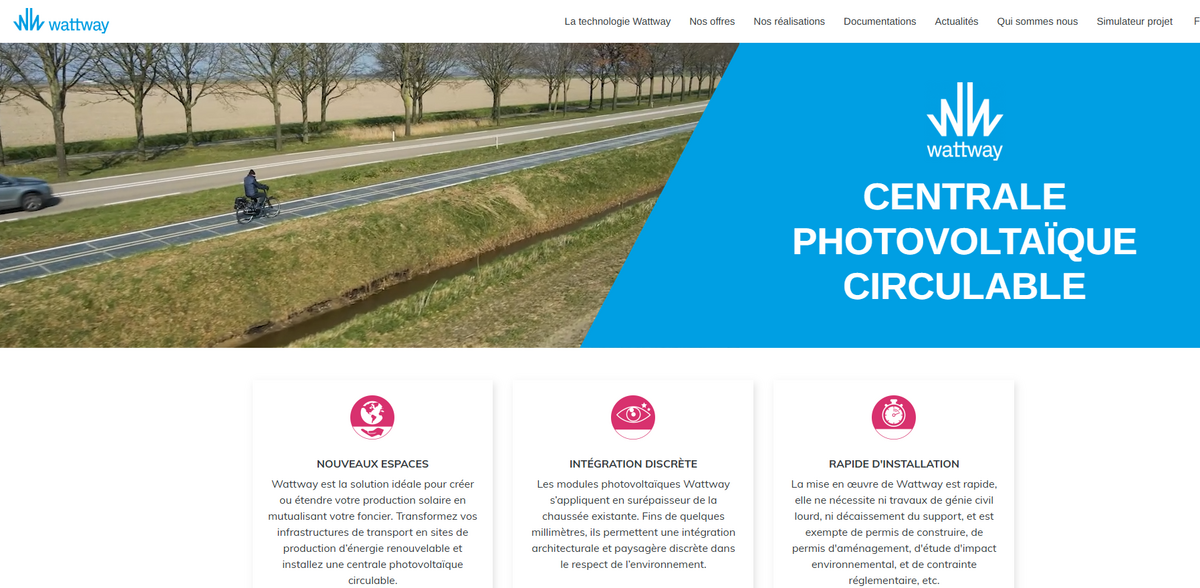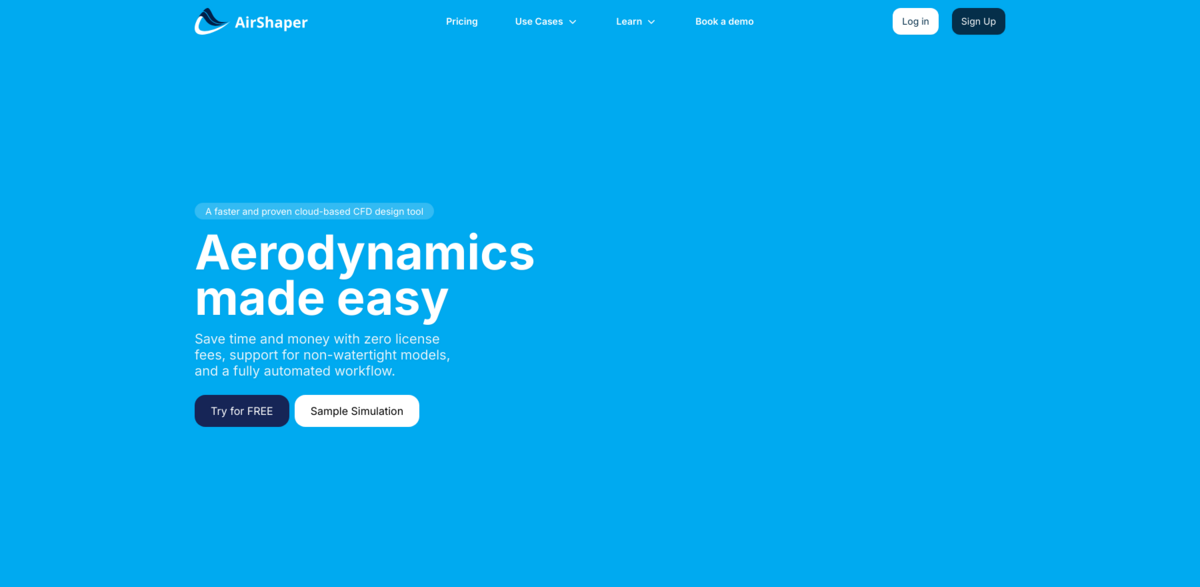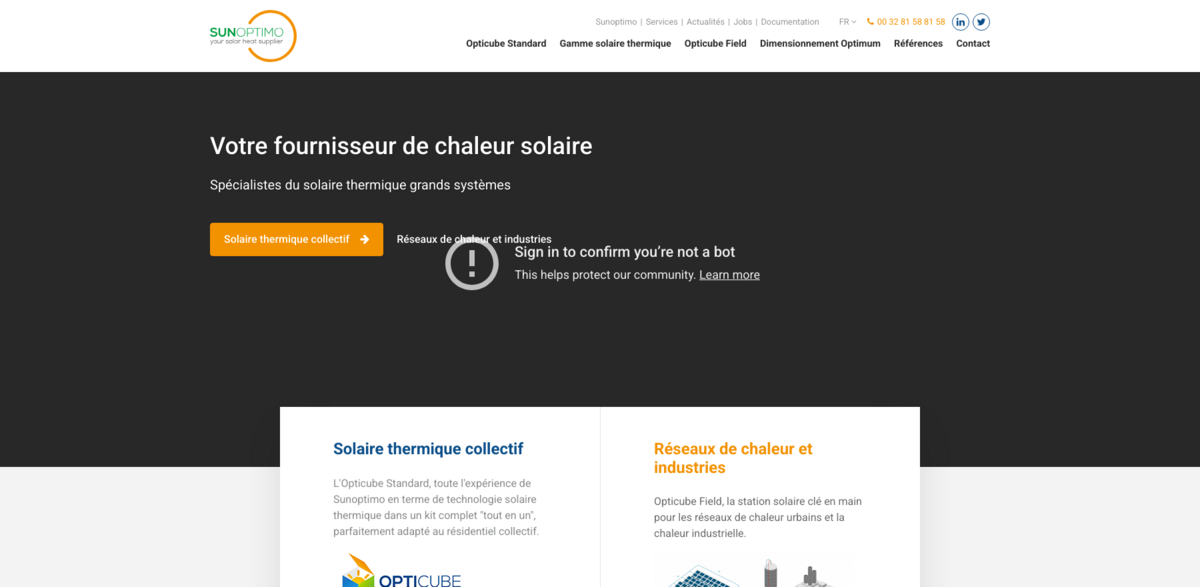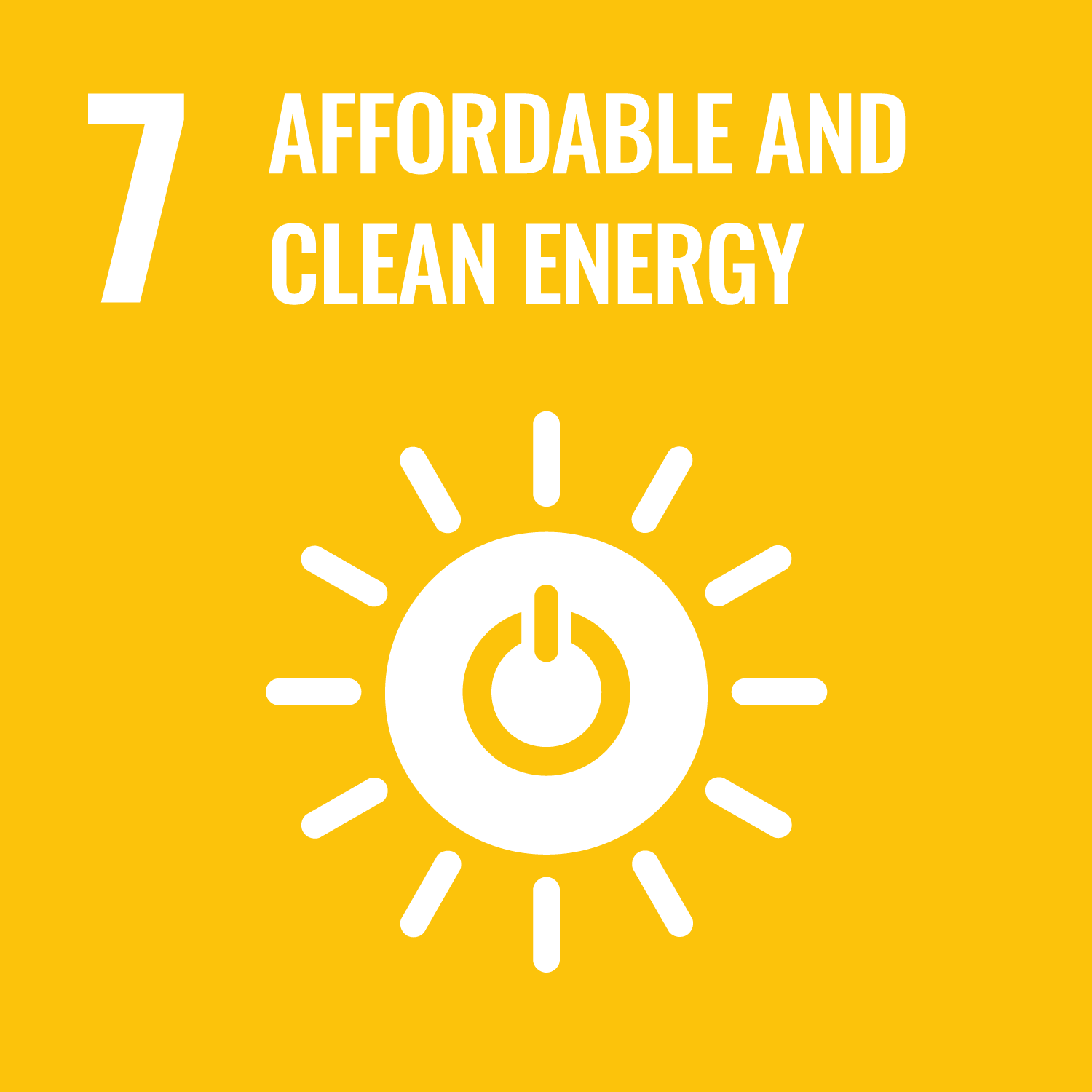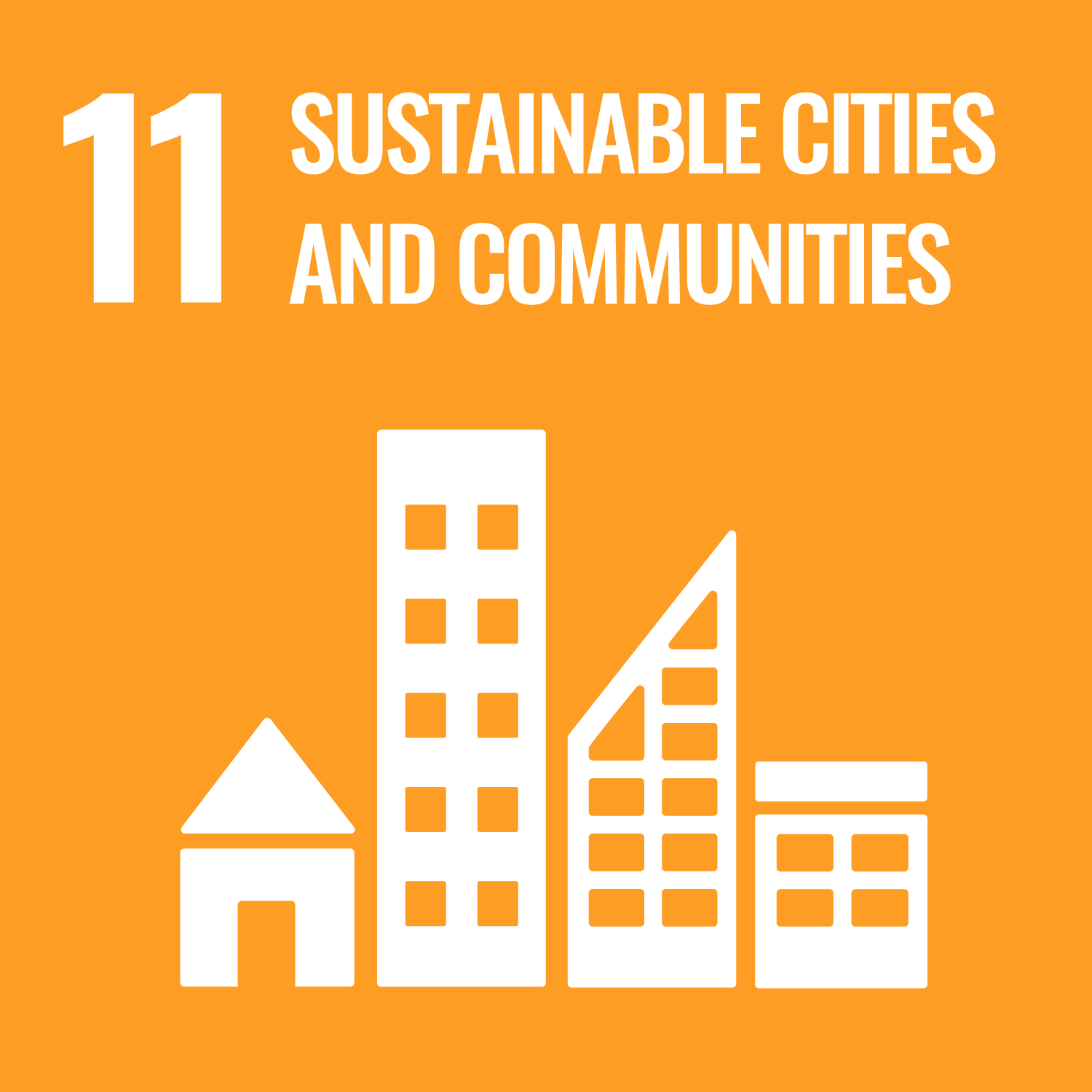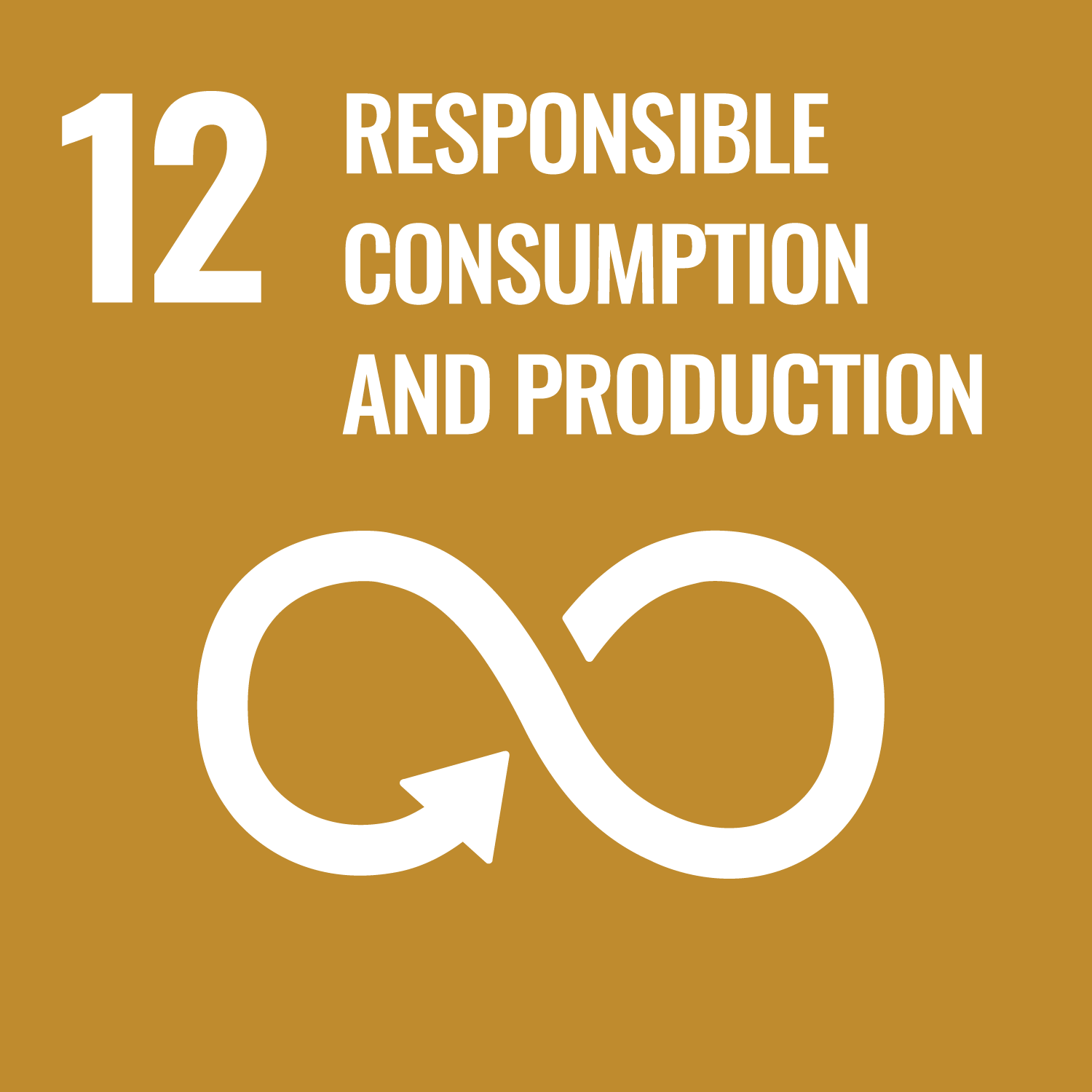What is Wattway Technology
Wattway is a technology of photovoltaic modules installed on the circulation spaces of transport infrastructures, allowing the production of renewable energy. These solar sensors, of a new kind, are mounted on existing surfaces such as roads, bike paths, parking lots, and sidewalks, while remaining passable by vehicles… The modules can operate alone or in conjunction with other photovoltaic devices. Notably, Wattway is recognized as the first trafficable photovoltaic road surface, developed in partnership with INES, and it embodies a breakthrough in combining mobility and renewable energy production.
Main Benefits of Wattway
Wattway offers several key advantages that contribute to its growing adoption in modern infrastructure projects:
- Technological Innovation: The extreme thinness of the modules conveys an unexpected solidity and durability.
- Versatile Energy Solutions: With the Wattway PLUS system, a building self-consumption project is possible, while the Wattway PACK option enables energy autonomy for various equipment.
- Environmentally Friendly: Designed to produce clean and renewable energy without occupying additional land space.
- Easy Administrative Process: Installation requires a simple urban planning authorization via a prior declaration of works (DP), or a building permit (PC) in protected areas, with no development tax or environmental impact study needed.
- Reliable Performance: Certified according to international standards IEC 61 215 and IEC 61 730, ensuring both electrical and mechanical safety.
How It Works
Wattway photovoltaic modules convert solar energy into electricity… Their design is remarkable for its extreme thinness and the impression of solidity they convey, as the modules are glued directly onto the surface of existing transport infrastructures. A unique groove in the support allows for the smooth passage of a cable which extracts the energy produced, delivering power directly to its intended use. This simple yet innovative mechanism facilitates energy production without interfering with the traffic flow, maintaining a seamless integration with urban and rural infrastructures.
Installation and Maintenance
The installation process of Wattway unfolds in several systematic steps that begin with thorough engineering. A specialized design office carefully defines the layout, power estimation, and expected production based on the client’s needs and the specific conditions of the site. Once the design is in place, administrative procedures follow. Wattway installations require only a simple urban planning authorization—with a prior declaration of works (DP)—or, in certain protected areas, a building permit (PC) is necessary. It is interesting to note that these installations are not subject to development tax unlike traditional ground or canopy setups, and no environmental impact study is mandated.
The installation itself involves support treatment, the application of a fixing device, and a mechanized process to secure the photovoltaic modules. Following the physical assembly, an electrical connection is established according to the plant’s intended usage—whether it is for self-consumption, surplus sale, or total sale—and adjusted to the specific site configuration.
Maintenance is an essential aspect of Wattway technology. Natural wear due to aging, usage (traffic type and speed), and environmental constraints necessitates regular maintenance activities. These include tasks such as mechanical sweeping or high-pressure cleaning to enhance performance, troubleshooting, repairs, and regular inspections to verify the installation’s integrity.
Energy Production and Lifespan
The production capabilities of Wattway modules are impressive. With a nominal power of 476 Wc, or 200 Wc per square meter, and an average efficiency of 20%, the system is designed to deliver significant power output. For instance, an installation covering a 1,500 m² bike path—roughly equivalent to 300 kWc—could produce approximately 245 MWh per year in Munich, Germany; 333 MWh per year in Rome, Italy; and 361 MWh per year in Marseille, France… The performance varies by location, reflecting different sun intensities and climatic conditions.
The lifespan of Wattway installations also merits attention. Depending on the type and speed of traffic, as well as ongoing maintenance practices, these installations can last between 15 and over 25 years. This longevity not only underscores the robustness of the technology but also reinforces its reliability for long-term projects.
Project Impact on Sustainable Development Goals
- SDG 7 – Affordable and Clean Energy: Wattway promotes the use of renewable energy sources and reduces dependence on fossil fuels.
- SDG 9 – Industry, Innovation, and Infrastructure: The innovative integration of photovoltaic modules into existing infrastructures drives sustainable development and modernization of urban spaces.
- SDG 11 – Sustainable Cities and Communities: By maximizing available space and improving energy solutions, Wattway contributes to creating more sustainable, efficient, and livable urban areas.
- SDG 13 – Climate Action: The reduction of carbon emissions through the generation of clean energy directly supports climate change mitigation efforts.
Certification and Future Prospects
Wattway modules are certified according to international standards IEC 61 215 and IEC 61 730, a testament to their design robustness, electrical safety, and mechanical resistance. These certifications ensure that the technology meets all necessary international qualifications, confirming its reliability in various environments and use-cases. The modules showcase a consistent commitment to quality and safety, which is fundamental for a technology intended to be installed on high-traffic infrastructures.
Continuing to push the boundaries of renewable energy integration into everyday infrastructure, Wattway offers a glimpse of the future where solar energy generation is seamlessly combined with urban mobility. It represents an engaging pivot in energy technology, harnessing the sun’s power without altering our cities’ existing landscapes. With ongoing advancements and the potential for broader applications, Wattway remains a dynamic solution for the challenges faced by modern societies striving for sustainability. The fusion of renewable energy production with everyday functionality is not only innovative—it is a bold step forward towards smart, resilient, and cleaner cities.

